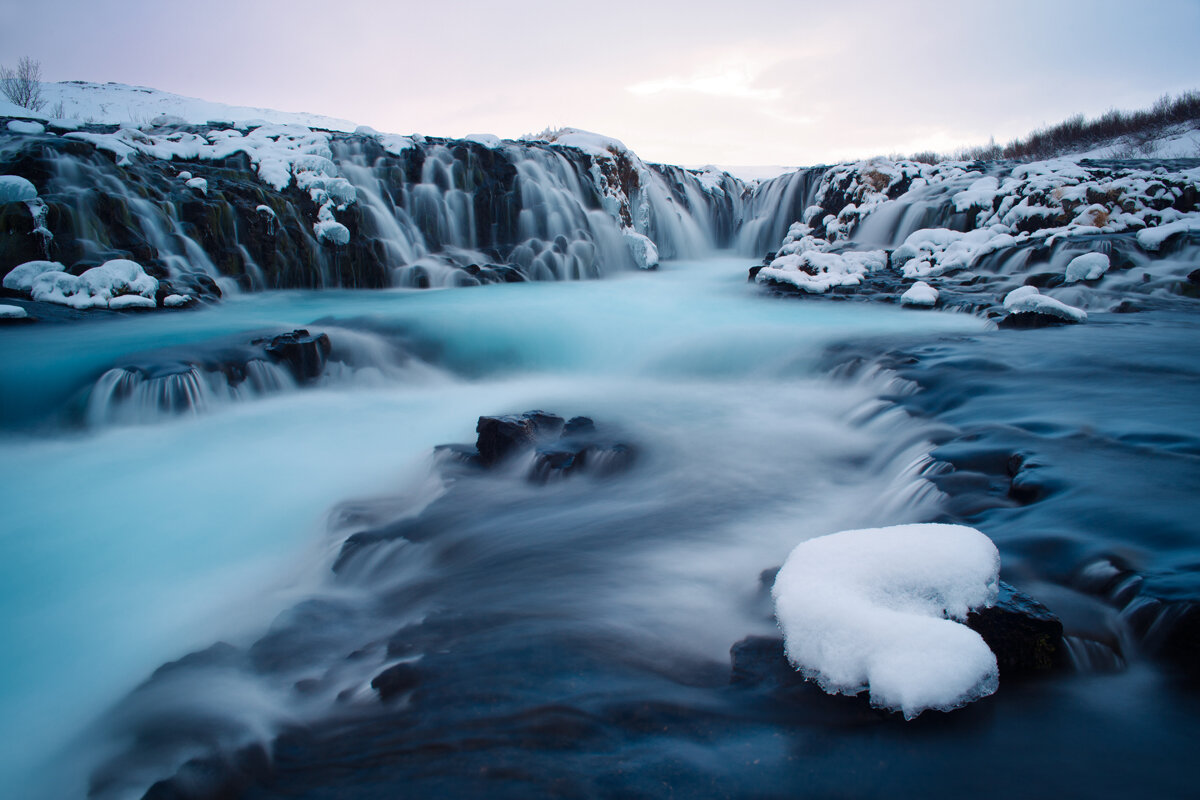Water techniques: perfecting the art
Water photography can take some practice, that is, if you want those otherworldly and captivating shots.
Generally, there are two choices when it comes to capturing fast-moving water: using a motion-stopping shutter speed, or a long-exposure.
We prefer the long-exposure.
A long-exposure allows you to have some creative control over the image, and produces a "wispy" effect that you recognize from postcard photos. The longer the exposure, the more wispy and smooth the water becomes. This is because the longer you keep the shutter open, the more water moves through the frame. This effect is responsible for some of my favorite photography (but don't even try it without a tripod!)
Try to experiment with different shutter speeds to get the effect you want. The longer you leave it open, the more "flat" the will look.
There are lots of equipment to help you achieve these looks.
One such piece would be a Neutral Density filter, or ND filter for short. They are like sunglasses for your camera. These filters cut down the light that enter, in varying degree depending on the type you purchase. Essentially, the darker the filter, the longer you can leave your shutter open and not over-expose the shot. You can even stack these on top of each other to double their power.
For example, I own a 10-stop filter. That means the filter cuts down 10-stops of light on top of whatever my camera settings are. It is almost impossible to see through the viewfinder using this tool, so most of the time you need to compose your shot before adding the filter; this can be time consuming. Or, if you have a camera with the capability, LiveView does the trick! It is also helpful to get an eyepiece cover, a little black clip that slides into your viewfinder to ensure no light enters through the small space, otherwise, you may notice a purple haze in your photographs. Make sure you check the thread size to your lens before buying one, if you decide to- and to do your homework! Filters can be expensive and they are not all created equal.


